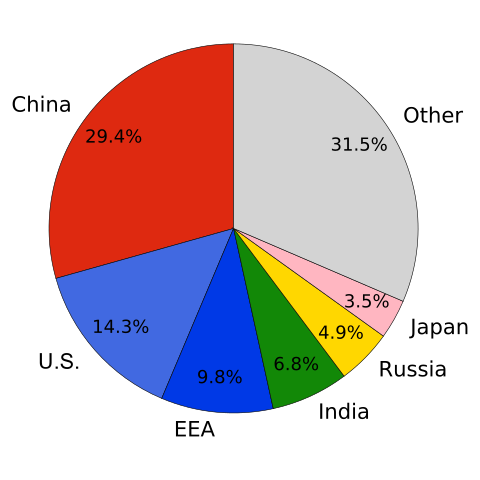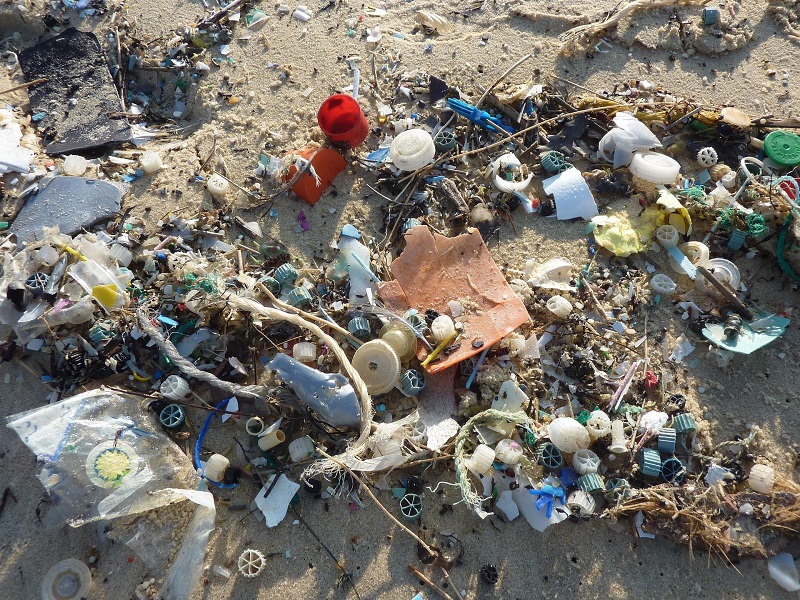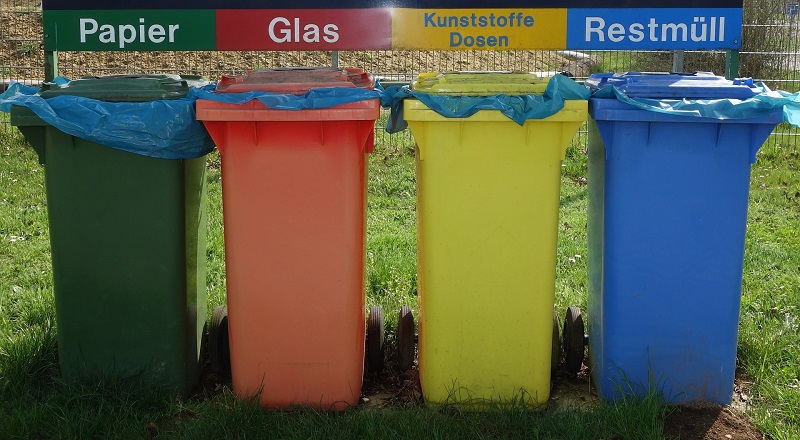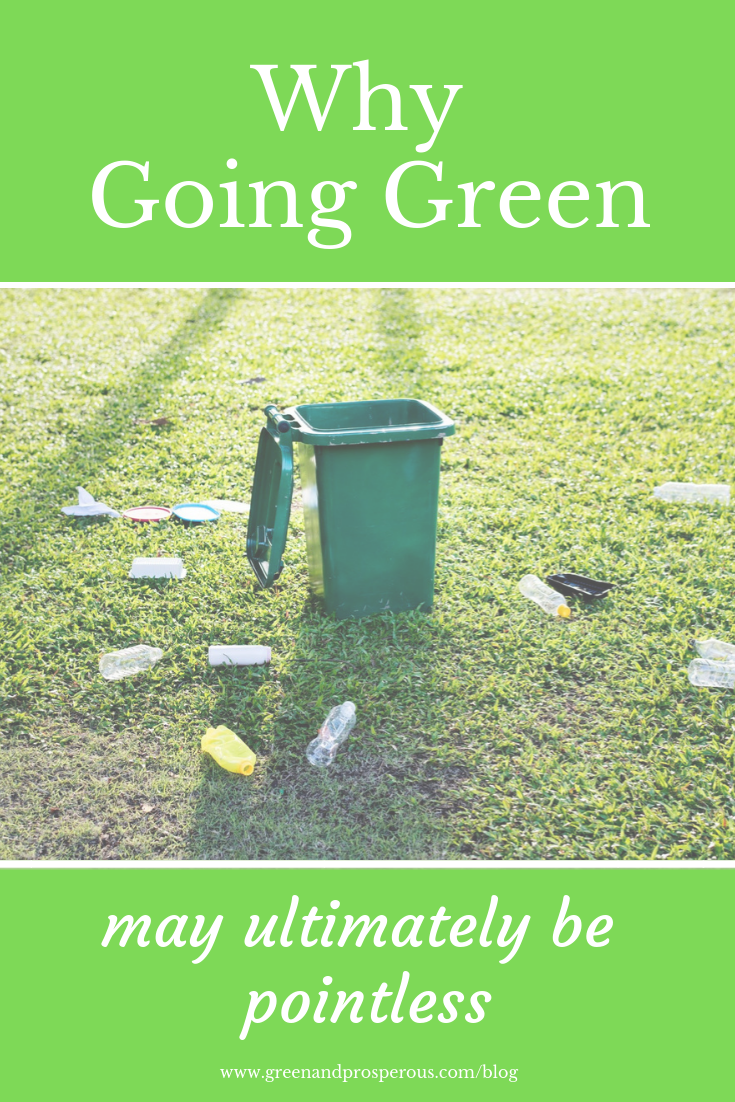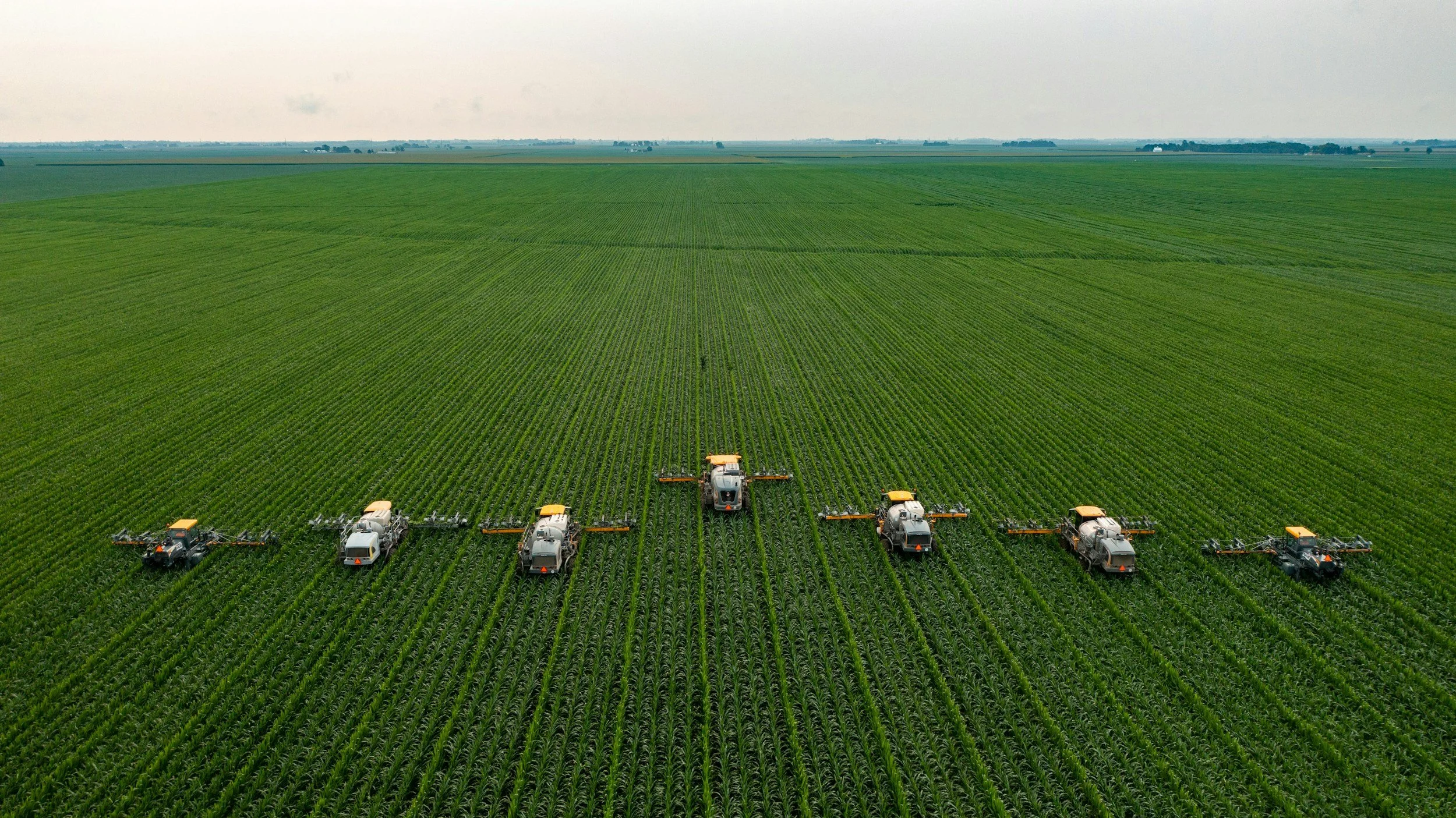Why going green might ultimately be pointless
/(all images from Pixabay.com and Wikimedia Commons)
(updated May 19, 2022)
It’s hard to ignore the expanding “green living” industry, even if you don’t particularly follow it or practice any of its tenets. Globally, more and more people – particularly those who are middle to upper-middle class, urban and peri-urban dwelling – are pursuing healthy living options, buying more organic and non-GMO foods, raising awareness about the presence of harmful and toxic chemicals in the water, the air, and the personal care products we consume, and investing in renewable energy sources.
What is fueling the global interest in green living?
There are multiple channels funneling this increased awareness and activity in green living. The global media is reporting on natural disasters, many of which are caused or exacerbated by climate change, almost every day. High-profile celebrities, politicians, and activists are calling attention to the crises of the health and environment that have only gotten worse in the past few decades, and ordinary people everywhere are rallying others to take action in their everyday lives. All 197 members of the UN Framework Convention on Climate Change (UNFCC) have ratified or signed the Paris Agreement to combat greenhouse gas emissions, with countries of the Global South leading the way to reduce those emissions. Schools around the world have raised awareness about healthy eating in kids and their families by starting their own gardens, implementing healthy lunch initiatives, and in the process teaching kids practical skills that they can implement in the workforce to come. Public alarm at the rate of increase of diseases like autism, cancer, and disorders like nut allergies, neurological ailments and infertility is increasingly vocal and demanding of change.
More people are paying attention to the things that pollute our food supply, our bodies, and our environment.
There are more choices to help you going green – certainly a lot more than when I was a college student back in the late 1980s and just beginning to become more aware of environmental activism.
Nowadays, going green is a mainstream global phenomenon, and no longer solely the preserve of hippies, people off the grid, counterculturalists, or those who are liberal and affluent. And yet, it has also become a fad in some circles, more of a marker of trendiness or a badge of identity than a committed response to global problems caused by the long-term abuse of the environment.
Ultimately, it may be pointless to go green.
Changing our consumer habits is crucial to success
Going green doesn’t mean much if you aren’t looking to change your consumer habits. Just as some have drawn attention to how being vegan or vegetarian doesn’t necessarily mean healthy, a vocal few have been pointing out that the only way we can address environmental degradation, including climate change, in a serious way is to change our consumer habits.
There are several ways in which our consumption habits are still causing harm to the planet and our communities, some of which may be irreparable if we don’t change those habits soon. For example, from 1990-2016, greenhouse gas emissions in the US rose steadily until 2007, then fell and rose over the next 9 years until hovering slightly above their 1990 levels by 2016. However, the rate of some emissions isn’t decreasing: according to the Second State of the Carbon Cycle Report (SOCCR2), written by a global consortium of researchers and recently published by the US Global Change Research Program, emissions of carbon dioxide and methane gas have been steadily increasing. Agricultural emissions are one of the biggest contributors to this increase, as are the purchase of goods and services that have been produced outside of city boundaries for consumption by urban dwellers.
One of those goods is food. By some estimates, ⅓ to ½ of all food produced in the world is wasted, and much of this ends up in landfills (where it contributes to the methane gas problem). Most of this waste is generated by individual consumers. Despite the claims of the big commercial agriculture corporations that we’ll need to adopt more GMO practices to feed the world, the fact is that we already produce enough food to feed everyone in the world, but much of this food does not reach the people who need it because of problems like conflict and war; lack of efficient transportation and storage practices; and a shortage of farmworkers to harvest produce. In wealthy nations, food waste is exacerbated by packaging and retailing problems in addition to consumer expectations: often, people expect their food to look “perfect”, which pressures farmers and retailers to reject produce that doesn’t meet certain “aesthetic” standards. Food is often packaged in quantities too large for households to consume before (at least some of it) goes bad, and people often choose to eat in restaurants, leaving some of their meal uneaten, while food back home in the fridge or pantry goes bad.
Plastic consumption is also major culprit in worsening the effects of climate change, including carbon emissions and pollution. Single-use plastics are the worst offenders. Researchers at the University of Hawaii and elsewhere have demonstrated that plastics emit methane and other harmful gases as they break down (a process that takes anywhere from 10-450 years in the environment, or up to 1000 years in a landfill) . Moreover, less than 10% of plastics are being recycled annually, with over 8 billion tons of new plastic being produced each year. This poses a huge threat to sea life with an island of plastic twice the size of the U.S. state of Texas floating around in the Pacific Ocean, and microplastics being found in the stomachs of every species of sea turtle around the world.
Here are 12 ways you can take small steps to change your consumption habits and make going green a more effective and sustainable strategy to preserve the future of this planet:
12 ways to green your consumer habits
1. Look at the packaging in that product you just bought: is there too much of it? If so, don’t buy it, or let the manufacturer know by writing an online review of the product.
2. Be informed and aware of the companies you buy from. Some companies cater to the “eco-friendly” market with one hand, and fuel environmental degradation on the other. You can find consumer guides on ewg.org that are a wonderful resource on the environmental friendliness of various products.
3. Recycle: two years ago, while I was visiting my German stepmother, she pointed out how little went into her garbage; most items were required to be recycled, by law, and she had separate bins for each of them. My Korean and Japanese friends also say the same: by law, you have to recycle, and retailers in Japan will soon be required to charge for plastic bags. Many Western European and Scandinavian countries have adopted the same recycling and plastic shopping bag policies. Besides doing the obvious (using reusable shopping and produce bags and recycling), you can demand recycling services in your neighborhood if they don’t currently exist by contacting your local municipal waste management agency. Also, before you throw away items that can’t go in your recycling bin, check out Earth 911’s guide to recycling, which contains information on recycling less commonly-recycled items.
4. Hold manufacturers and governments to account. Refusing to buy products that are not environmentally sound, or that contain harmful chemicals, is one of the most effective things you can do as a consumer. And yes, manufacturers do and will respond to consumer demands, so the more demand there is for eco-friendly, minimally packaged products, the more manufacturers will respond to these demands. One other way you can hold manufacturers and governments to account is to join one of the many campaigns being launched by non-profit organizations to do just that. Take a look at our Campaigns and Calls to Action page to find a cause that speaks to you.
5. Reduce your plastic waste. Adopting a zero-waste lifestyle might seem next-to-impossible for most of us, but you can easily reduce your use of plastic in 3 ways: buy and use washable produce bags (store them inside your resuable shopping bags so you don’t forget to bring them in when shopping!); use reusable shopping bags when shopping for groceries, housewares, and clothing; and invest in non-plastic reusables for frequently used items like to-go cups and water bottles, saran wrap, and straws.
6. Thrift shop, barter, and buy more used goods. As one of our most popular posts has demonstrated, thrift shopping is a great way for you to make an impact on the environment without a lot of fuss or effort. It reduces your carbon footprint, as well as decreasing water waste, chemical waste, landfill waste, and boosts community development, since many secondhand shops help support local charities and businesses.
7. Make sure your kids get an environmental education starting early in their young lives – if it’s not being taught at school, then teach them at home. You can start in so many small ways, by taking your kids out f1or a hike in the woods, starting a small garden with them, or visiting your one of your local conservation organizations or naturalist societies that teach environmental education. Often, national or local park services offer this type of education – with activities to kids for little or no money. Want some other ideas you can incorporate into your daily life? One of our guest posters has created this infographic to show you how to help kids learn environmental responsibility.
8. Eat a vegetarian dinner at least one night a week. Factory farming is the second-largest contributor to greenhouse gases, and animal waste from the more than 70 billion animals raised for human consumption each year contaminates groundwater and the air, contributing to human health problems like respiratory diseases. Besides that, factory farming routinely subjects animals to cruel and degrading treatment, unnatural confinement for most of their lives, and injections of antibiotics and growth hormones that you and your family then consume. It is the exact opposite of the way people raised farm animals as little as 50 years ago. Reducing global demand for meat by making at least one of your dinner nights vegetarian will help reduce the global impact of factory farming on the environment. Want to go further? When you do consumer meat, look for meat with one of the recognized “humane certified” labels (here are some guides for folks in the US, Canada, Australia, and Europe).
9. Ditch fossil fuels as much as possible. This means taking public transportation, biking, walking, or carpooling wherever possible, and opting for renewables as much as you can, through solar power, geothermal, or electric sources. Electric cars, once a novelty, are no longer out the reach of most people, with many more options for buying and using electric vehicles now available worldwide.
10. Eat mostly locally grown and seasonal food. This not only saves food miles, but the food that travels a shorter distance can be harvested later, meaning a fuller nutrient spectrum and often, better taste!
11. Grow some of your own food, while practicing environmentally sound growing practices. Urban and peri-urban gardening have joined homesteading as one of the fastest-growing ways in which people are taking charge of their food choices. Whether you choose to start your own farm or grow a few things in your backyard, your porch, or a windowsill, there are many options out there to help you get started. One resource I’ve recently found is an online permaculture community that helps you develop good agriculture practices (so you’re growing in a more sustainable, eco-friendly way). You can also check out my new online course, Container Garden Like a Pro, by clicking the image below. The course is suited for new growers as well as those with some experience growing their own food.
12. Finally, take the time to read more about how you can reduce your consumption: I recommend the last chapter of Jared Diamond’s Collapse: How Societies Choose to Fail or Succeed. For lighter reading with some actionable steps, try Save the Planet: Reduce, Reuse and Recycle or try the second book in my Green Guidebooks series, Go Green without Going Broke vol. 1, which you can read for free with your Kindle Unlimited subscription.
Like this? Please pin!





